
Exploring Digital Modes in Amateur Radio
Hello everyone! Today, let’s delve into the fascinating world of digital modes in amateur radio. This topic was inspired by a recent question about what digital modes are and what they can acc...
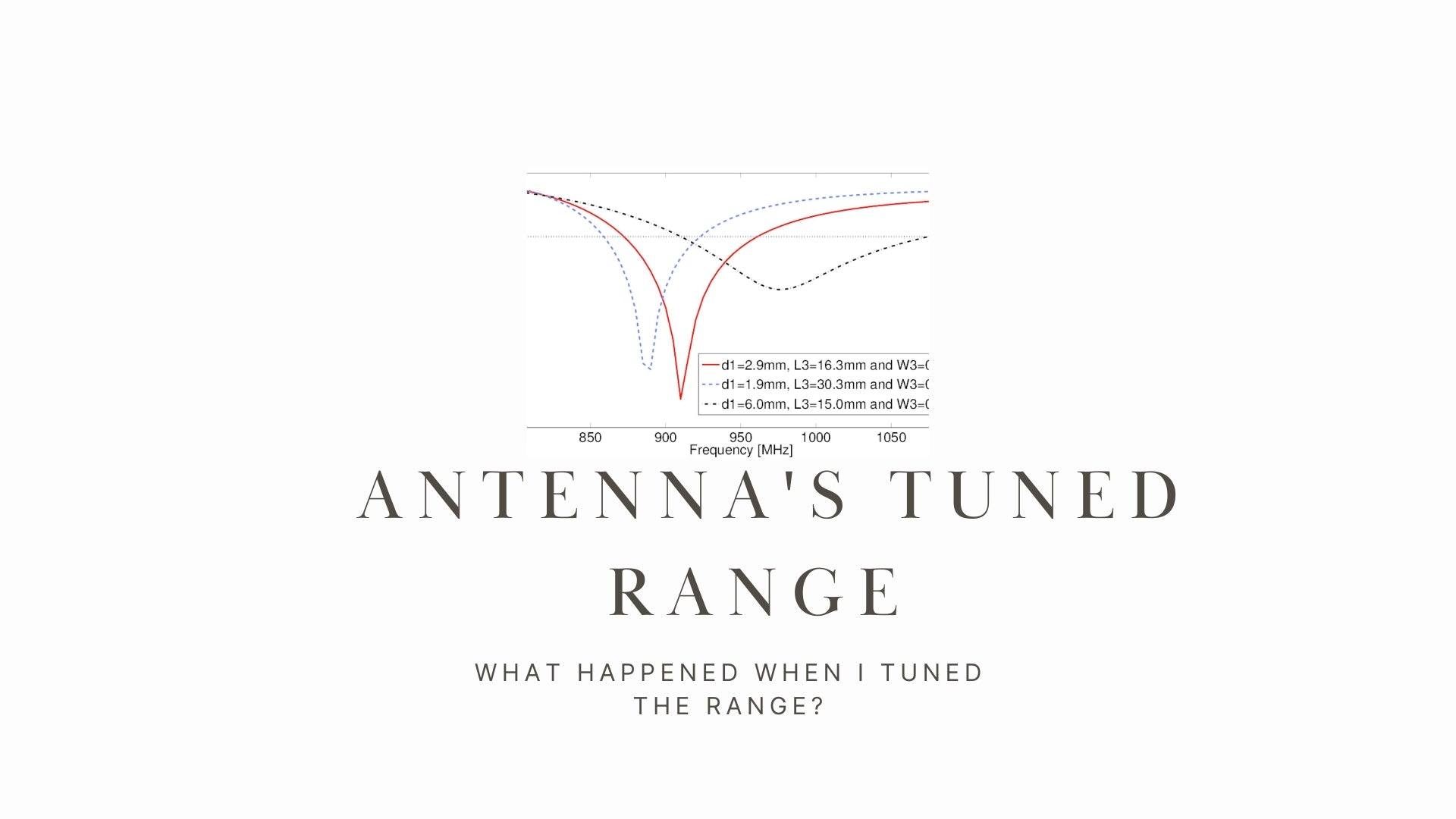
Exploring the Boundaries: What Happens When You Operate Outside Your Antenna's Tuned Range?
If you have an antenna that covers frequencies from 144 to 430 MHz, you might wonder what happens if you operate outside this range. Is there any risk? Let's delve into this topic and find out. Op...

Exploring America's Kansas City Wide: A Beacon for HAM Radio Enthusiasts
HAM radio enthusiasts in Kansas City and beyond have something remarkable to be proud of – America's Kansas City Wide, a network of digital repeaters providing extensive VHF/UHF coverage across th...
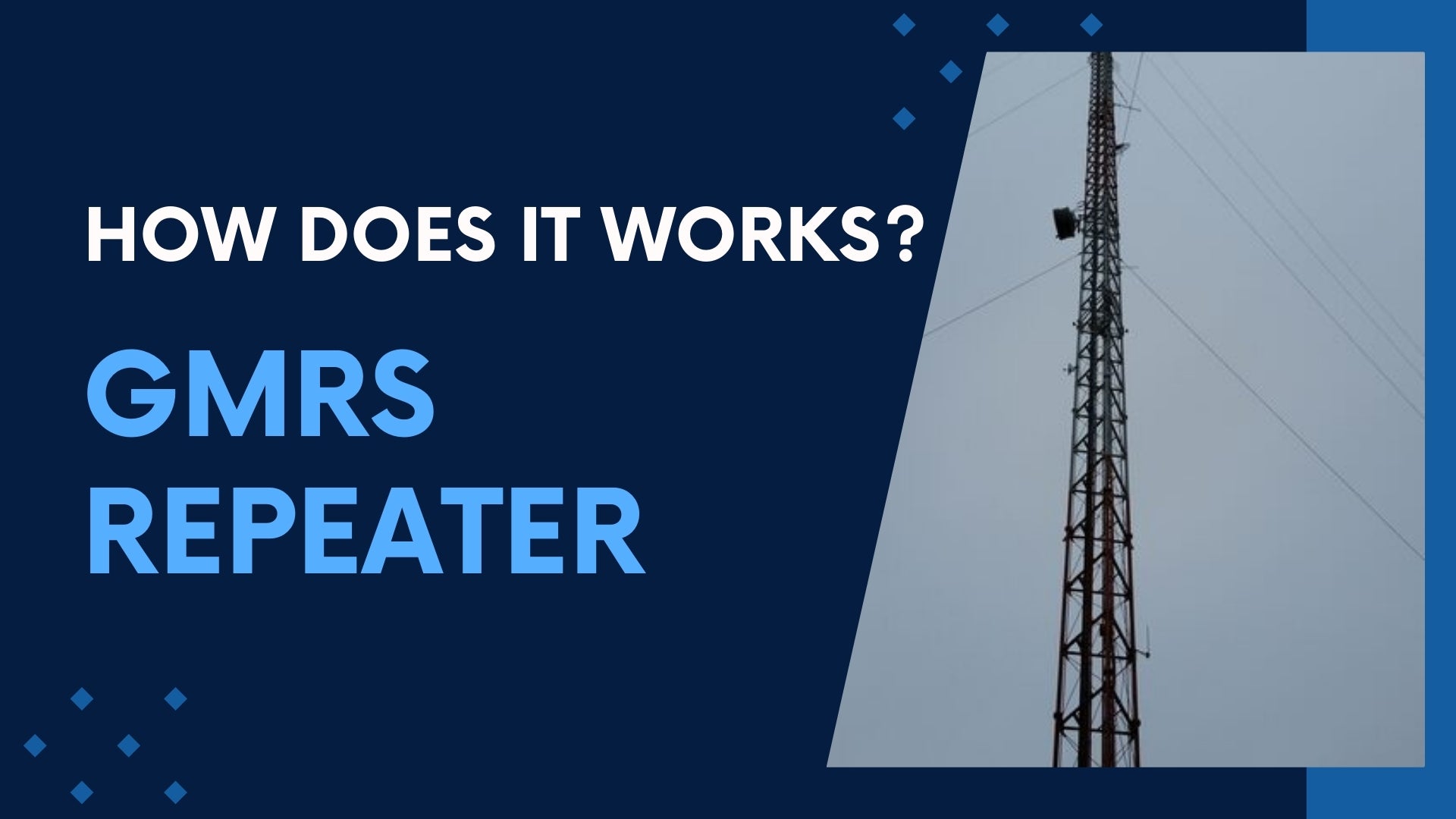
Understanding GMRS Repeater Pairs GMRS (General Mobile Radio Service) repeaters work on pairs of frequencies that are 5.00 MHz apart. This means that there is a +5.000 MHz offset from the standard...

Navigating the FCC System for a GMRS License: A Shortcut Guide
Securing a GMRS (General Mobile Radio Service) license through the FCC can be a daunting process. The website's navigation is tricky, and the necessary links for the application are not always eas...
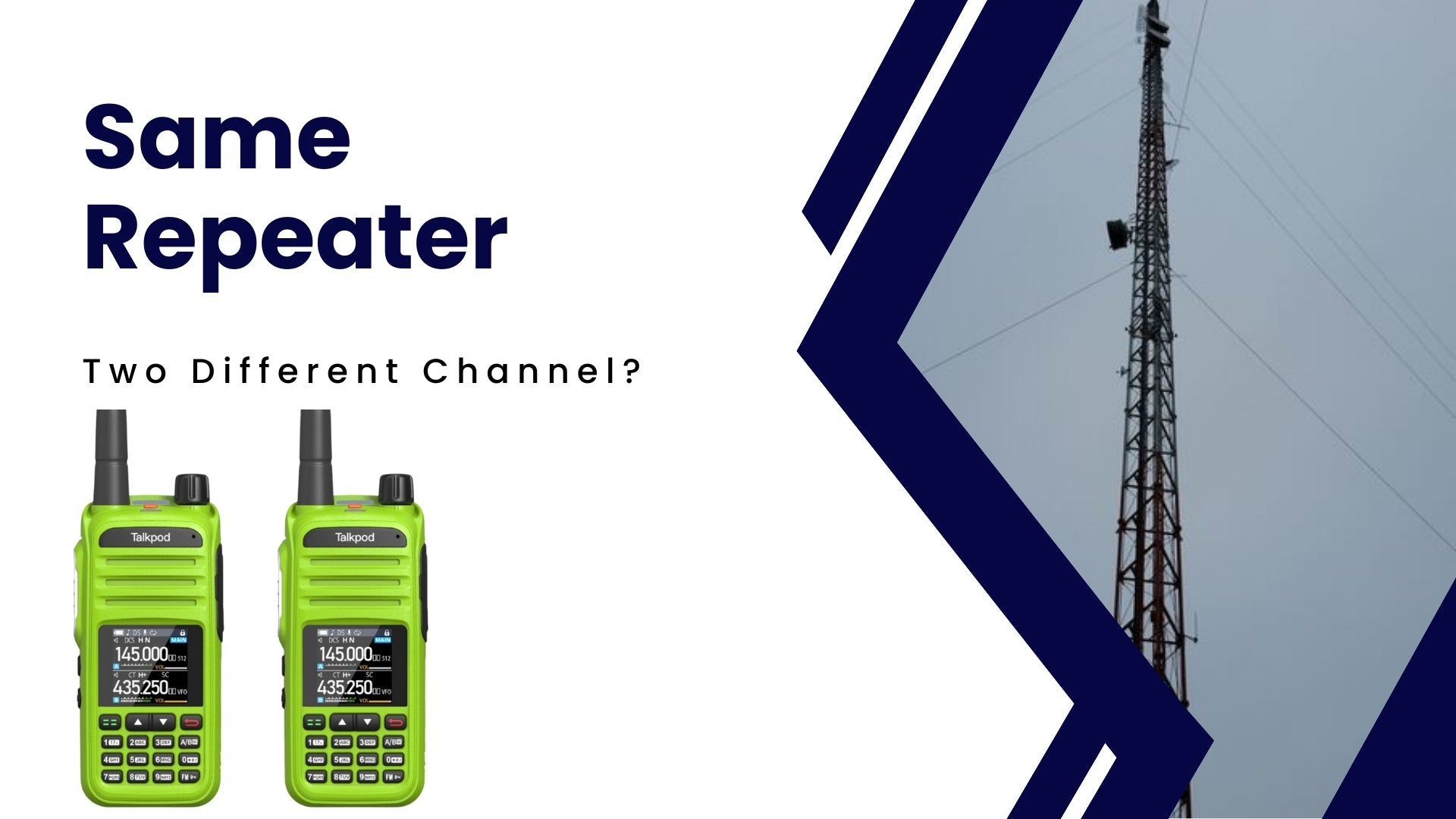
Picking Up the Same Repeater on Two Different Channels?
If you're new to GMRS and suddenly find yourself receiving the same transmissions on two different channels, you might feel a bit confused. However, there's a logical explanation for this phenomen...
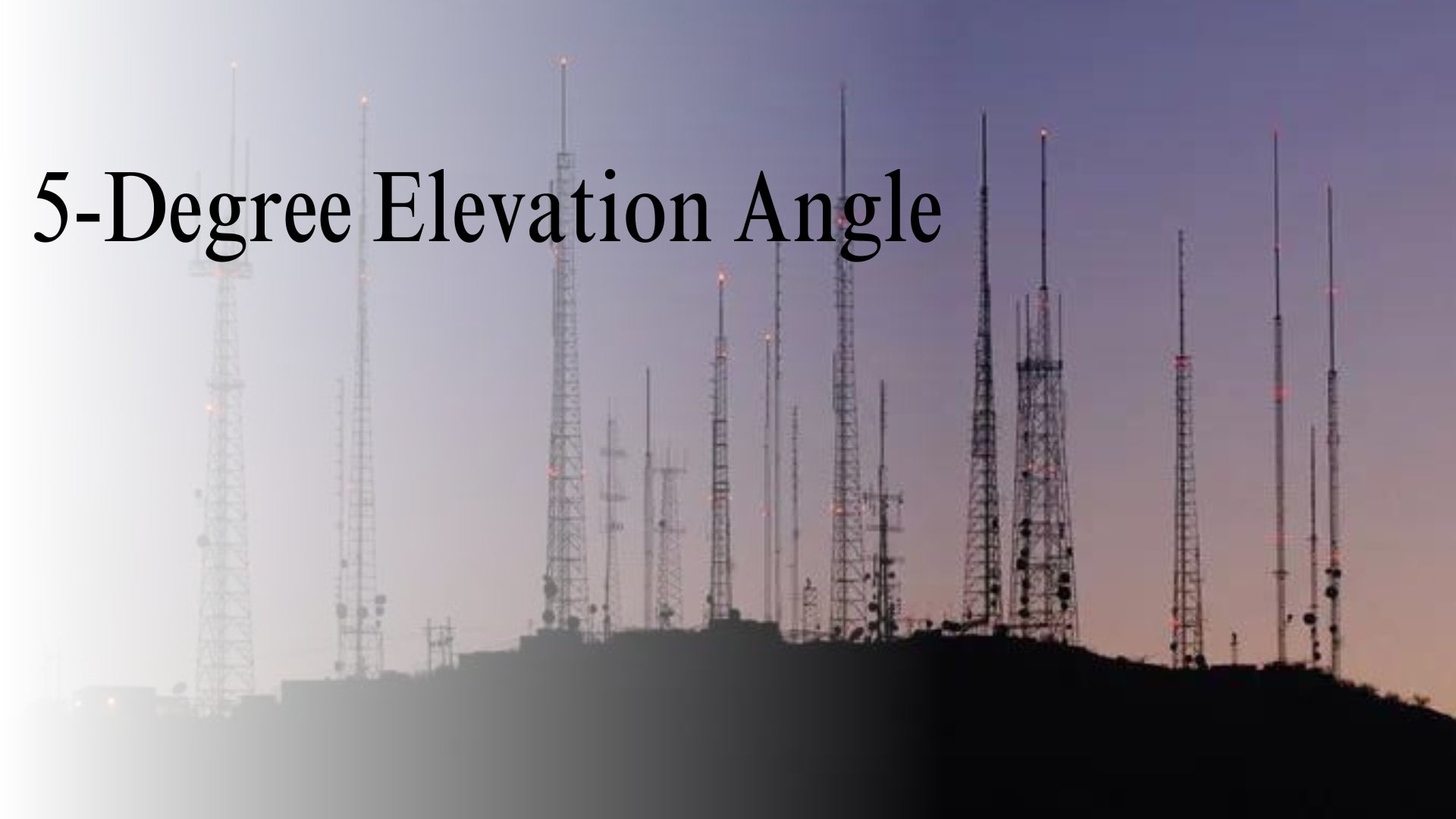
The Concept of the 5-Degree Elevation Angle in Radio Communication: A Historical Perspective
The concept of the 5-degree elevation angle in radio communication can be traced back to early 20th-century research. This principle primarily revolves around the physical behavior of radio waves ...
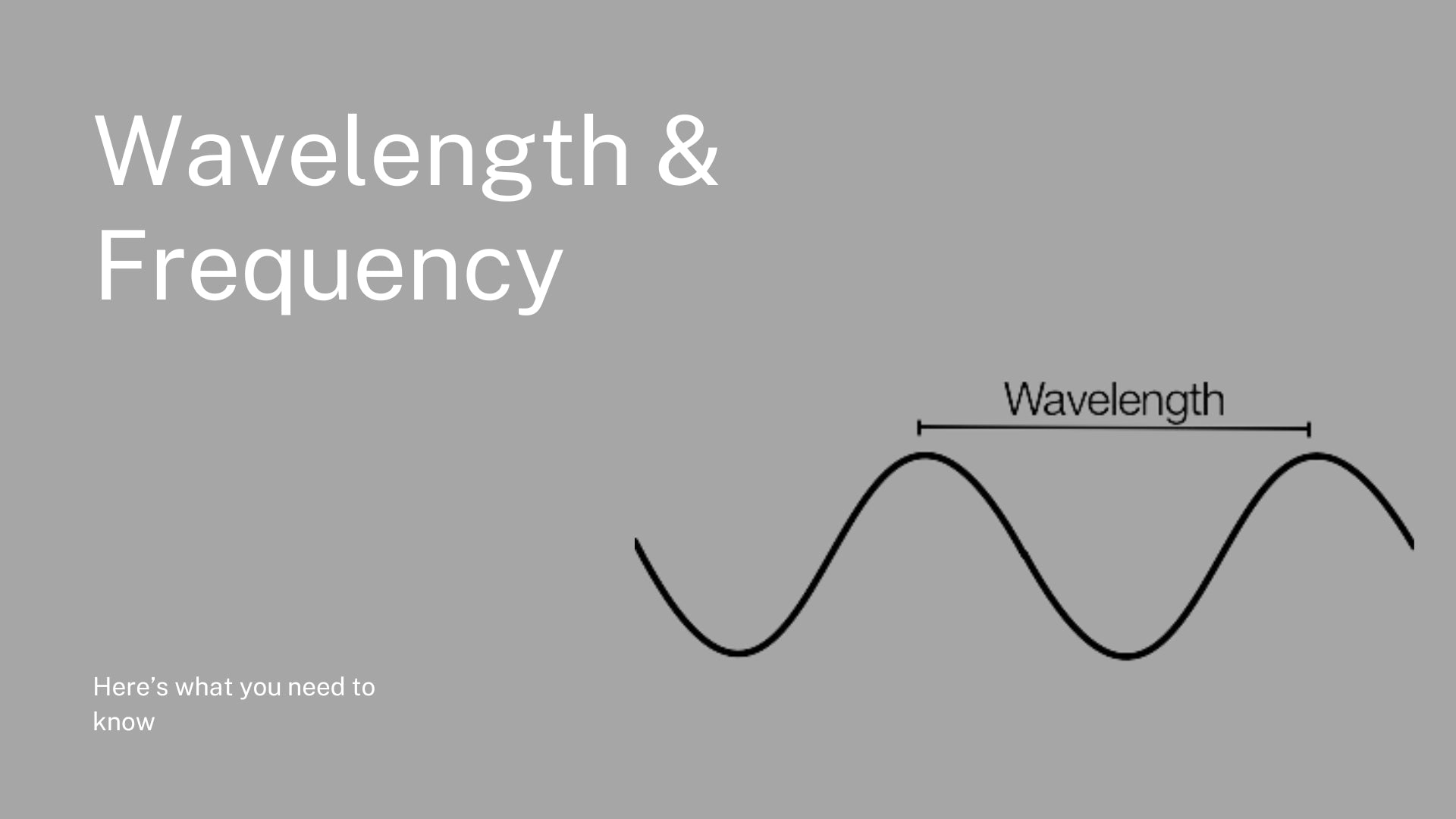
Understanding Frequency and Wavelength in Radio Communication
In the realm of radio communication, understanding the concepts of frequency and wavelength is crucial for both enthusiasts and professionals. This guide delves into these fundamental ideas, provi...
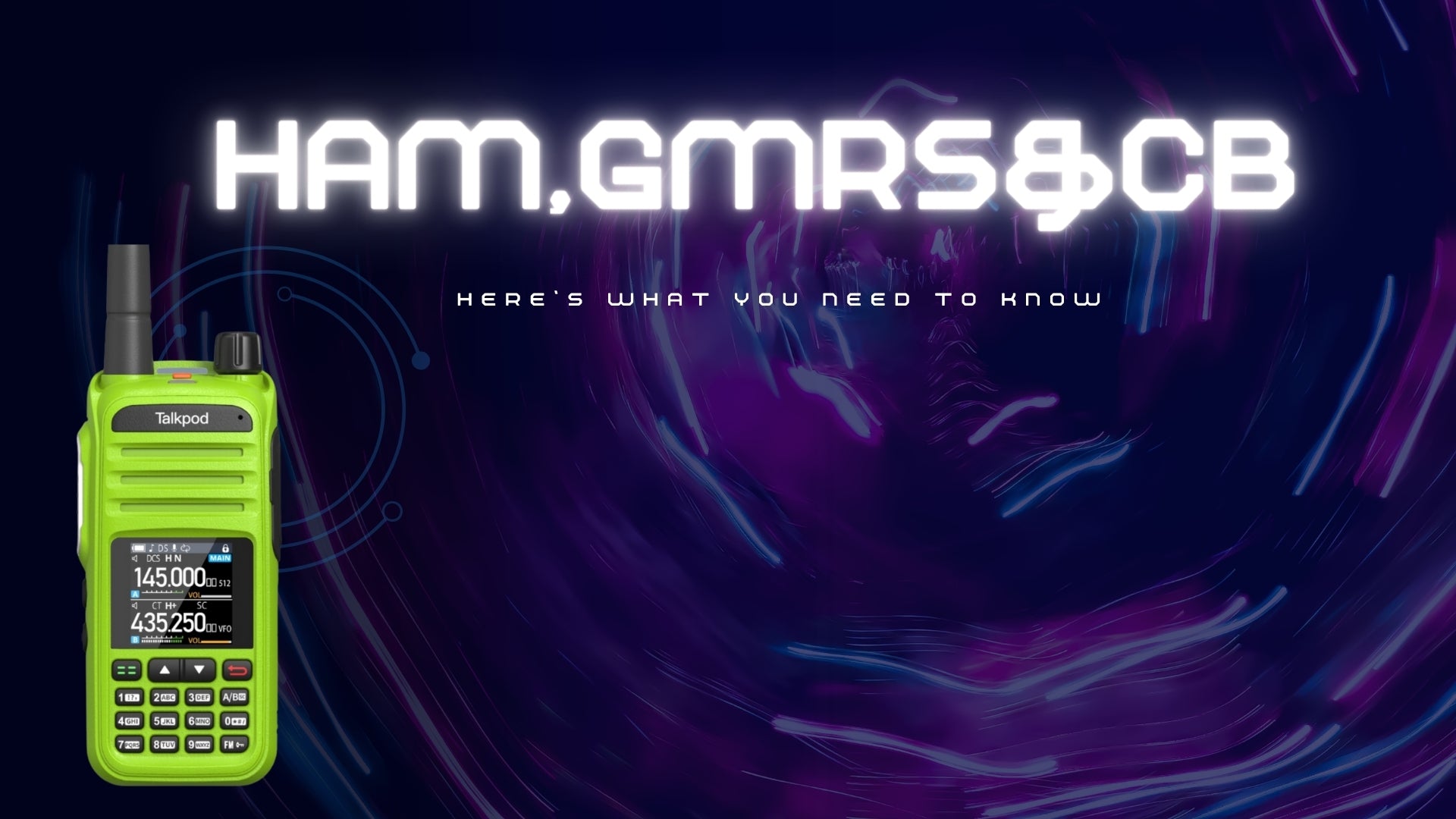
Understanding the Different Types of Radios: Ham Radio, CB Radio, and HF Radio
The world of radio communication encompasses various types of radios, each with its own unique purposes, licensing requirements, frequency ranges, power capabilities, and use cases. In this blog, ...
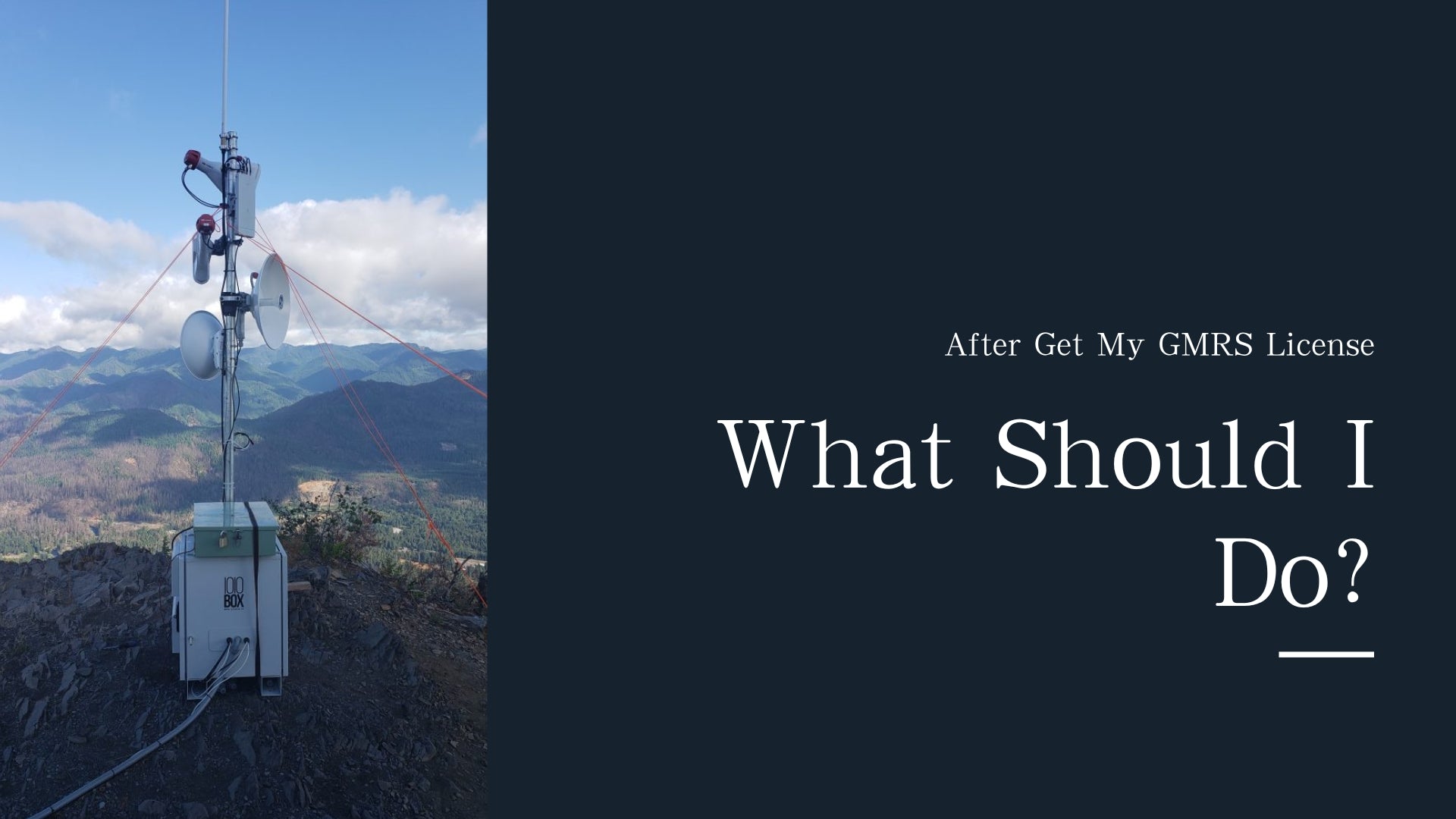
Understanding and Using Repeaters: A Quick Guide
What Are Repeaters? Small handheld radios have limited range, often constrained by the height of your antenna or the wattage you're pushing. Repeaters, on the other hand, are more powerful radios ...
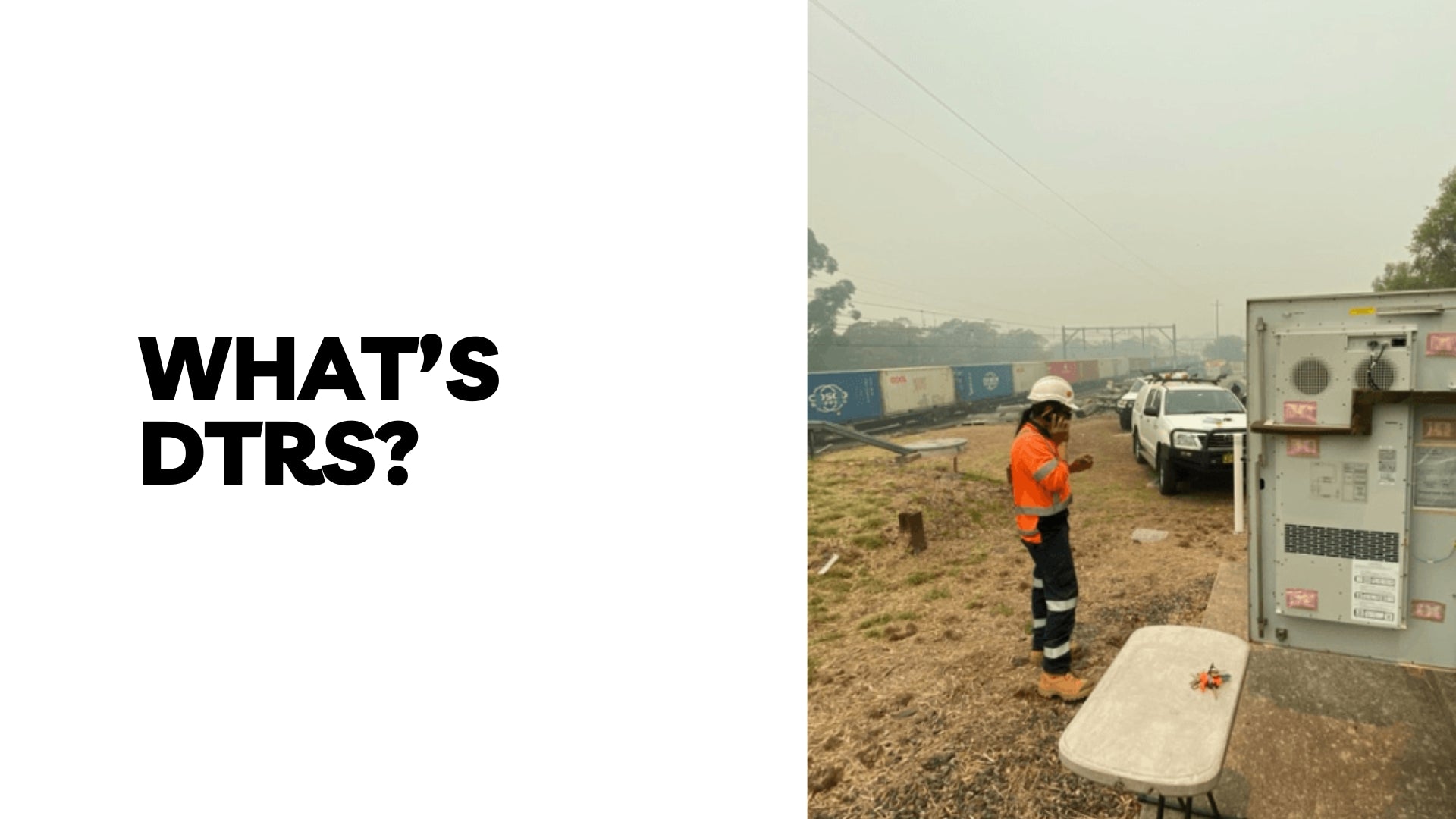
What is DTRS? Understanding Digital Trunked Radio Systems
Digital Trunked Radio Systems (DTRS) are an advanced form of ground-to-ground radio communication designed to efficiently coordinate among multiple users through a central system control. DTRS sup...

What to Do If You Can't Find a Repeater: Visit RepeaterBook
For amateur radio enthusiasts, finding a repeater can sometimes be challenging, especially if you're new to the hobby or in an unfamiliar area. Repeaters are crucial for extending the range of you...

The Value of Both HF and VHF/UHF Radios in Ham Radio
In the realm of amateur radio, enthusiasts often debate the merits of HF versus VHF/UHF radios. However, this perspective can be limiting and might cause one to miss out on the full experience of ...

Essential Radio Features for Petersburg, VA
Introduction to Petersburg Petersburg, Virginia, is a city steeped in history and cultural heritage. Known for its significant role during the Civil War, Petersburg preserves numerous historical s...
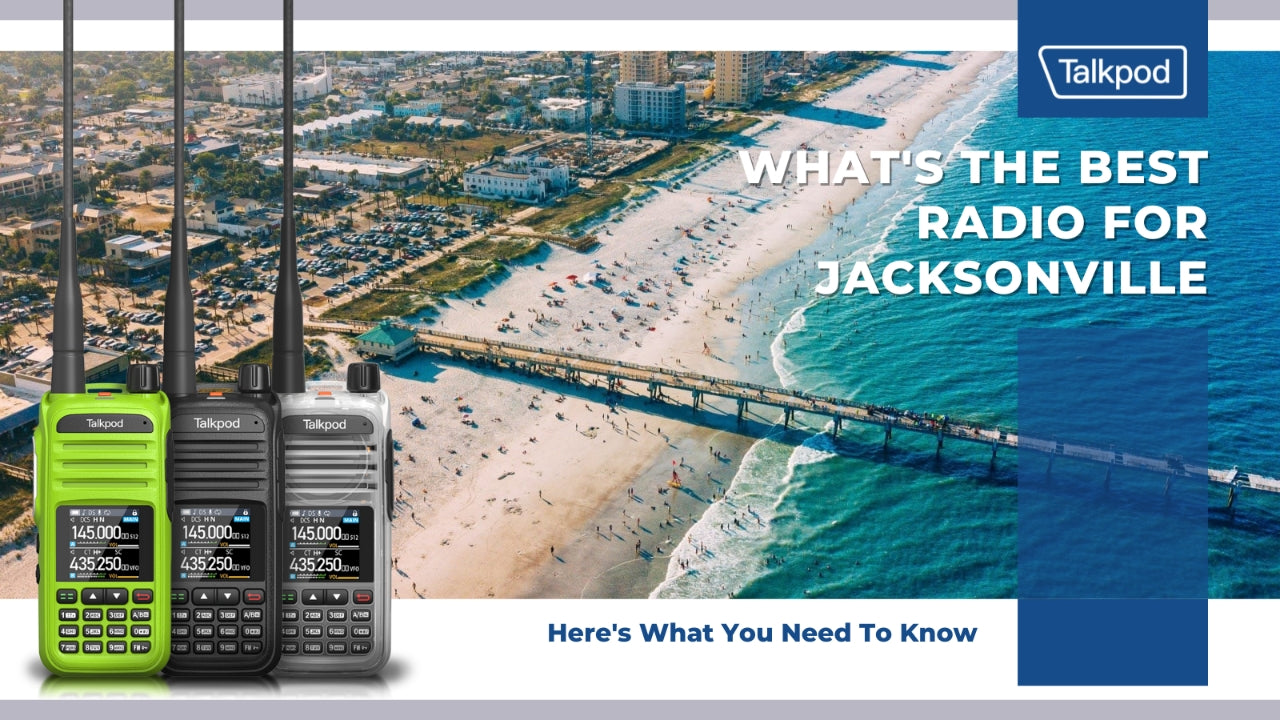
What's The Best Radio For Jacksonville?
Jacksonville, Florida, known for its sprawling beaches, bustling urban life, and rich cultural heritage, is a vibrant city with diverse communication needs. Whether you're exploring the scenic coa...
